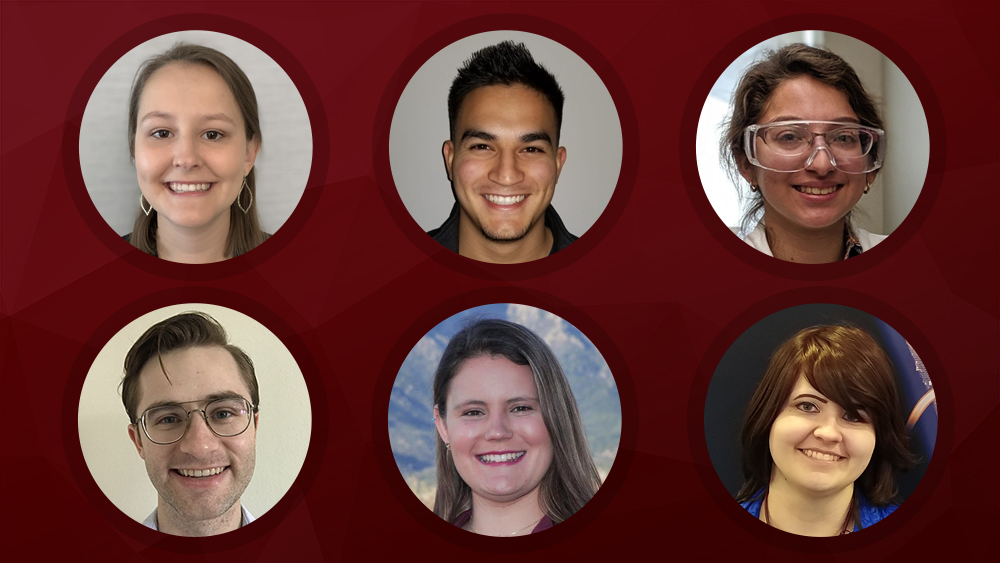
Six students associated with the Department of Biomedical Engineering at Texas A&M University have been awarded a place in the National Science Foundation’s (NSF) Graduate Research Fellowship Program (GRFP).
The GRFP recognizes and supports outstanding graduate students in NSF-supported science, technology, engineering and mathematics disciplines pursuing research-based master's and doctoral degrees.
All students said they were honored by the recognition.
“Initially, I was filled with joy, excitement and disbelief that I had been awarded such a prestigious fellowship,” Daniel Prasca-Chamorro said. “After the initial rush, I was hit with a subsequent surge of motivation that further fueled my ambition to fulfill the mission of the NSF — to promote the progress of science and to advance national health.”
“I am very grateful for all the professors and mentors that have helped me along my way,” Lois Wampler said. “Texas A&M has really provided me with a stellar educational background and an environment I found conducive to academic success.”
The award provides financial support to the students as they continue their biomedical engineering path, a research journey unique to each of them.
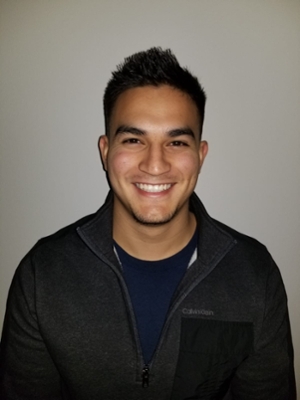
“I discovered my passion for tissue regeneration. I was absolutely intrigued to discover its potential to treat numerous life-threatening and debilitating diseases, including organ failure, acute injury and congenital defects,” Sarah Jones said.
For students like Amanda Rakoski, they can point to instances in their past that led them down the biomedical path. Rakoski’s twin sister was diagnosed with autism as a child, which Rakoski said changed her own role from sibling to teacher to help ease the challenges on her sister’s daily life.
“I decided at a young age that I wanted to pursue a career like biomedical engineering that could make her life not about a disability, but transform it into just a different way of seeing and interacting with the world,” Rakoski said.
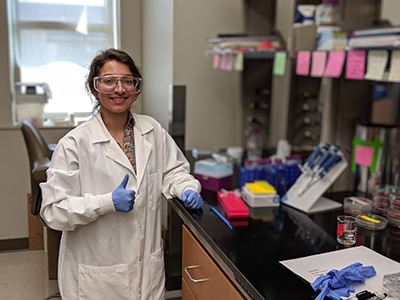
A significant part of the GRFP application is an explanation of current research as well as its impact outside of the lab setting. The NSF encourages students to think about and demonstrate how their work has potential for broader impacts on society.
Jones develops synthetic regenerative structures to use in bone repair, specifically at the end of bones, due to injury or conditions such as osteoarthritis. Her team worked to design a plug that helps treat these diseases that limit movement.
Prasca-Chamorro’s research utilizes organ-on-a-chip technology to understand the inflammation and infection cycles of lung pathology in Cystic Fibrosis patients.
Rakoski’s focus in her undergraduate lab was developing a better 3D tissue-engineered model for breast cancer. She designed a plan for a “cancer trap” — a material implanted in the body that attracts metastatic cancer cells and “traps” them.
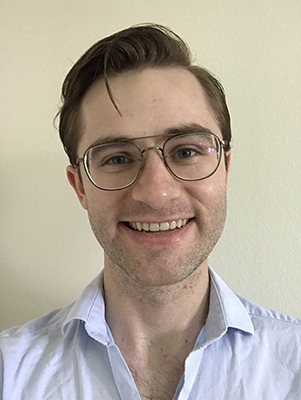
Thomas Tigner researches bioinstructive and immunomodulatory hydrogel platforms for applications in tissue engineering and regenerative medicine.
Wampler was investigating the biomechanics of the lower body after total knee arthroplasty, a surgery designed to assist with osteoarthritis in the knee, a disease that affects nearly 30 million people and inhibits movement with even simple daily tasks.
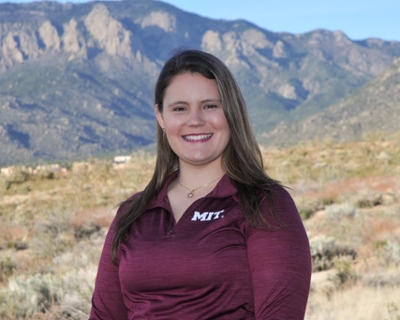
Physics graduate student Kassie Marble is advised by biomedical engineering professor Dr. Vladislav Yakovlev. Her research involves investigating methods of improving 3D photolithography structures, which can be used in tissue engineering, among other fields.
The GRFP provides a stipend for students in their research, which Tigner said gives him the financial freedom to explore the research questions he finds most interesting.
“On a more personal note, reception of the fellowship shows that I can put together a research plan that is recognized by established researchers across the nation,” Tigner said. “I think this has provided me with good feedback about my professional development at this stage of my career in research.”
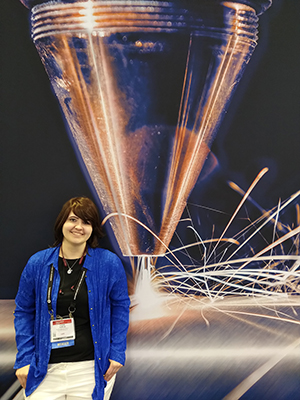
Along with the financial support, Marble said the GRFP enables her to dedicate time to sharing her research concepts with the public.
“I hope to lead a group of undergraduate students from a variety of majors (physics, chemistry, biology and engineering) in developing brand new physics demonstrations for local communities as a part of the Texas A&M's Discover, Explore and Enjoy Physics and Engineering mentorship program next year,” Marble said.